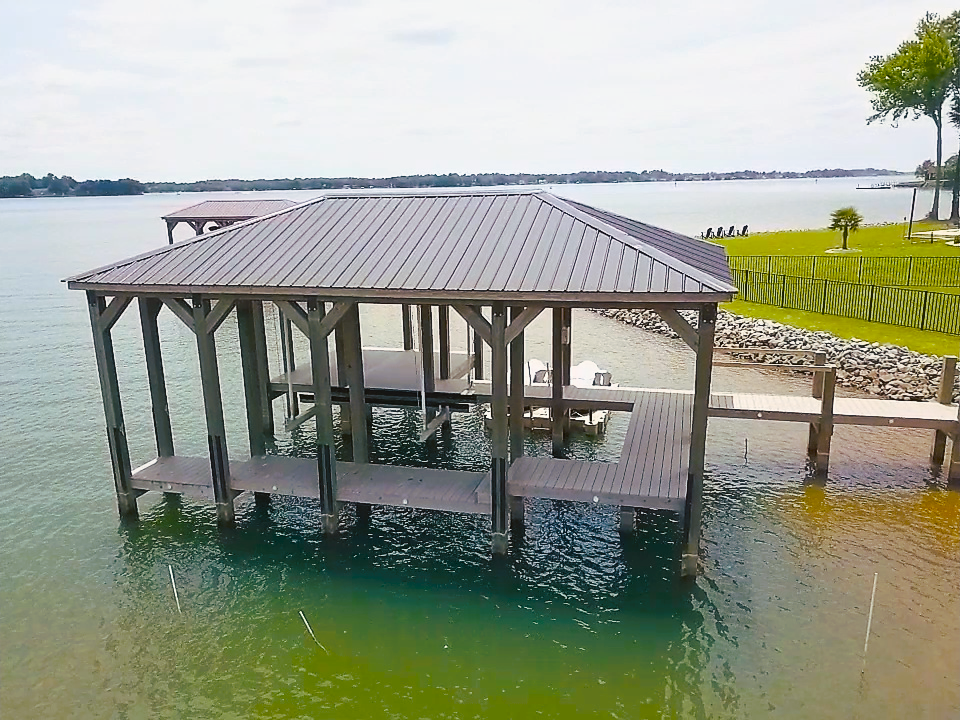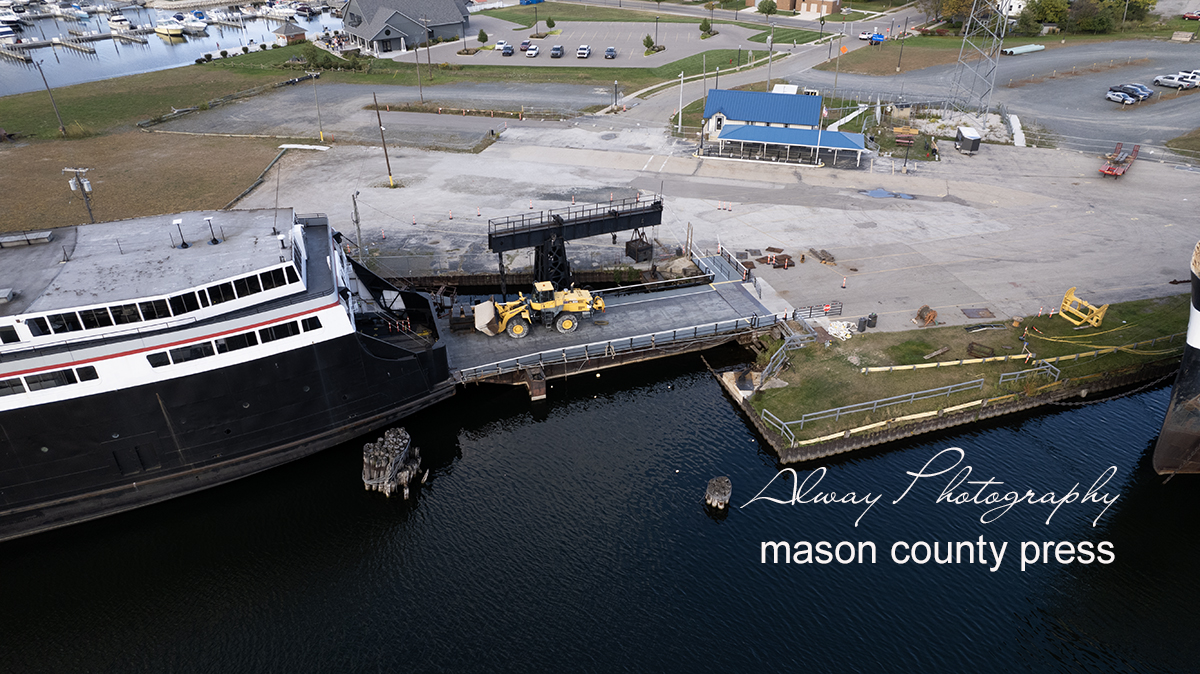DIY Tips for Simple Dock Repairs You Can Handle
DIY Tips for Simple Dock Repairs You Can Handle
Blog Article
Effective Dock Repair Techniques: Guaranteeing Architectural Honesty
Making sure the architectural honesty of docks via efficient repair service techniques is vital for the durability and security of aquatic centers. This involves a multi-faceted approach starting with comprehensive evaluations using sophisticated modern technologies like sonar equipment and remotely ran cars (ROVs) to find both noticeable and hid problems. Consequently, selecting the appropriate repair service products, such as corrosion-resistant alloys and composite materials, is critical for sturdiness. Architectural reinforcement approaches, including the application of cross-bracing systems and load-distribution plates, play a vital role in mitigating stress and anxiety factors. However, the relevance of these strategies ends up being evident when checking out advanced repair techniques and preventative upkeep approaches.
Analyzing Dock Damages
Evaluating dock damage is an essential initial step in guaranteeing the architectural stability and security of any kind of docking center. Secret facets to check out include the dock's structure, pilings, outdoor decking, and hardware (Dock Repairs).
Architectural designers or certified inspectors typically do these assessments utilizing specialized devices and methods. Underwater inspections might use sonar equipment or from another location operated vehicles (ROVs) to discover submerged damage. Over water, visual examinations are matched by utilizing wetness meters and other diagnostic tools to reveal underlying problems not right away visible to the naked eye.

Picking Repair Service Materials
Selecting the ideal repair materials is an essential action in the dock remediation process, one that straight affects the long life and efficiency of the repaired structure. Material selection should be driven by elements such as environmental problems, load-bearing requirements, and compatibility with existing dock parts. As an example, timber is a conventional option for anchors because of its natural resilience and aesthetic allure. Nonetheless, selecting the right kind of timber, such as pressure-treated lumber or naturally rot-resistant varieties like cedar or teak, is essential to endure marine environments.
Along with timber, composite products are significantly preferred as a result of their longevity and reduced maintenance demands. Composites, generally made from a blend of plastic and wood fibers, offer superb resistance to rot, pests, and UV damages. For steel docks, choosing corrosion-resistant alloys such as galvanized steel or marine-grade light weight aluminum is necessary to avoid corrosion and ensure structural honesty in saline water conditions.
Epoxy resins and marine-grade sealers are important for fixing fractures and sealing joints, offering a water-proof obstacle and improving the dock's total toughness. By carefully selecting top quality materials, dock repair work can attain durable outcomes, consequently securing against future destruction and guaranteeing secure, trustworthy usage.
Architectural Support Strategies
Reliable architectural reinforcement methods are essential in making certain the security and long life of dock repair services. This technique is especially effective for anchors exposed to hefty tons or rough ecological conditions.
Another essential strategy is the application of fiber-reinforced polymers (FRP) These materials provide high strength-to-weight ratios and excellent resistance to corrosion, making them suitable for strengthening concrete or wooden docks. FRP can be used in strips or sheets and bonded with epoxy resins to boost structural honesty.
Bracing and anchoring systems likewise play a vital duty in architectural reinforcement. Cross-bracing, using metal or wooden beam of lights, can counteract side forces, decreasing persuading and motion. Securing systems, such as helical piers or driven stacks, provide a steady structure by transferring tons to deeper, extra steady soil layers.
Lastly, the assimilation of load-distribution plates can assist disperse weight more equally across anchor the dock's surface area, alleviating localized stress points. These techniques jointly make sure that docks continue to be safe and robust, efficient in withstanding the roughness of their functional atmosphere.
Advanced Fixing Methods

An additional sophisticated technique entails undersea welding, which permits for repairs to be conducted without the need to dewater the area. This approach is particularly useful for resolving structural issues in submerged dock components, making certain marginal disturbance to procedures. Improved welding strategies, combined with robot systems, supply precision and reliability, thereby prolonging the lifespan of the dock.
Additionally, cathodic protection systems are implemented to avoid rust in metallic dock frameworks. By utilizing sacrificial anodes or satisfied existing systems, these strategies successfully alleviate the electrochemical processes that result in product damage.
Finally, advanced tracking technologies, such as architectural wellness surveillance (SHM) systems, give real-time information on the condition of dock frameworks. These systems make it possible for positive upkeep and timely interventions, eventually making sure the long-lasting structural honesty of the dock.
Maintenance and Prevention
Upkeep and avoidance are essential principles that underpin the durability and security of dock structures. Routine inspections are paramount, enabling very early detection of deterioration, possible weak points, and environmental impacts. A proactive method, including regular look for deterioration, rot, and structural changes, mitigates pricey repair services and prolongs the dock's functional life.
Safety nets should consist of using protective coverings to metal parts to defend against corrosion and utilizing treated wood to stand up to decay. In addition, making certain correct drain and ventilation can stop water buildup, which is a typical reason of structural destruction. Integrating top quality products and sticking to supplier standards throughout building and repair work phases likewise play vital duties in boosting durability.

Educating personnel in dock visit maintenance ideal methods makes sure constant application of preventive steps. Leveraging technological developments, such as drones for inspections and sensing units for real-time tracking, can additionally enhance upkeep efforts. By prioritizing maintenance and avoidance, dock owners can guarantee structural honesty, functional safety and security, and cost-efficient monitoring over the dock's life expectancy.
Conclusion
To conclude, keeping the architectural stability of aquatic facilities requires thorough dock fixing techniques. Extensive inspections making use of advanced devices reveal both visible and concealed damages, while the selection of suitable repair work products enhances resilience. Implementing architectural reinforcement approaches addresses stress factors effectively. Advanced repair service methods, paired with routine maintenance methods, guarantee the dock stays functional and risk-free under diverse ecological problems. Adopting these techniques significantly extends the lifespan and functionality of aquatic framework.
Ensuring the structural stability of anchors with efficient repair techniques is critical for the long life and security of marine centers.Selecting the suitable fixing materials is a pivotal step in the dock restoration procedure, one that straight affects the durability and efficiency of the fixed structure.Efficient architectural support methods are essential in guaranteeing the stability and durability of dock fixings. By prioritizing upkeep and avoidance, dock owners can make sure structural integrity, operational security, and cost-effective monitoring over the dock's lifespan.
In final thought, keeping the architectural honesty of aquatic facilities necessitates detailed dock repair work techniques.
Report this page